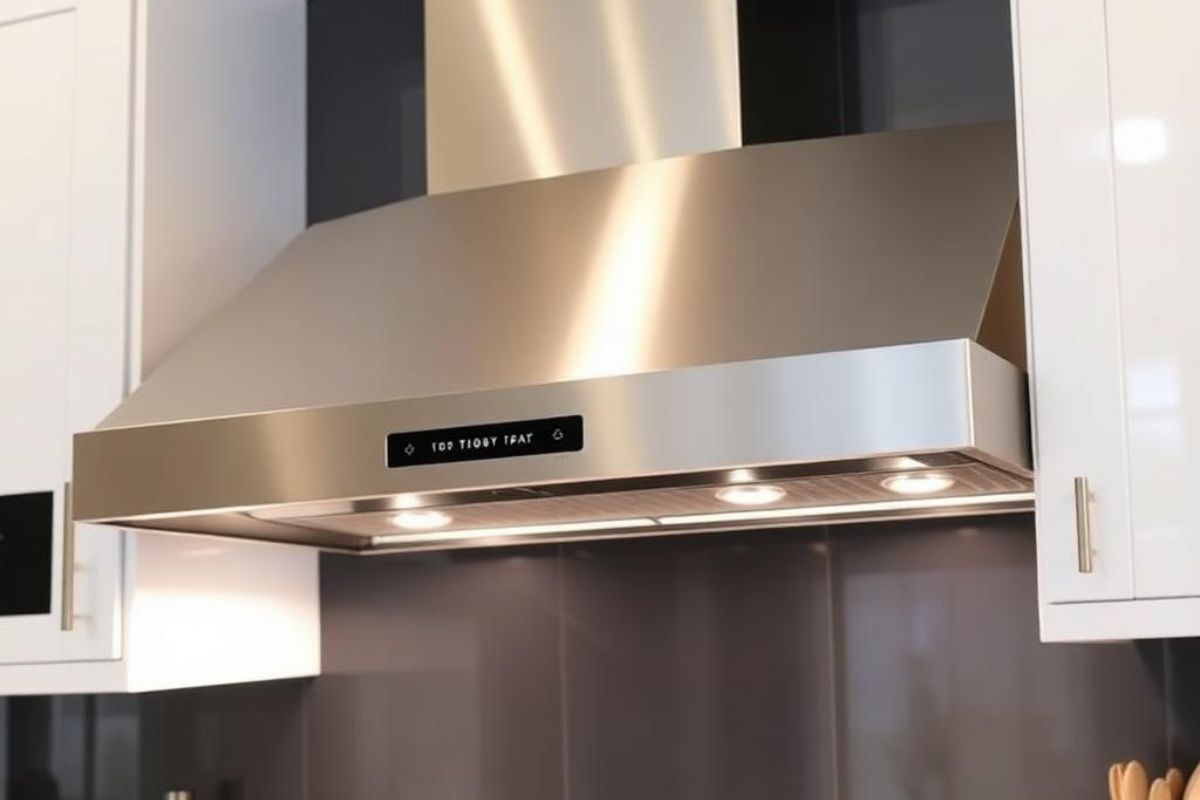How to Organize a Medicine Cabinet: Tips for a Clutter-Free Space

Image Source: Canva
In terms of organizing a medicine cabinet for a clutter-free space, I always start by emptying everything out. This way, I can see all the items at once and begin the sorting process. It's essential to categorize everything into groups like first aid supplies, prescription medications, and personal care products. I also make it a point to check expiration dates and discard anything outdated. Using clear containers helps keep everything visible and accessible, and labeling guarantees quick access. Nevertheless, one vital step often gets overlooked—regular maintenance. Without it, the clutter will inevitably return. Let's explore how to keep this space organized consistently.
- Empty the cabinet completely to assess and clean all items and surfaces.
- Categorize items into groups like first aid, OTC meds, and vitamins for organized storage.
- Check and discard expired medications to avoid clutter and ensure safety.
- Use clear containers to separate and organize different categories efficiently.
- Label shelves and containers to maintain order and ease of access.
Empty the Cabinet
Why start with an empty cabinet? Because it's the most effective way to see everything you have and assess what needs to stay or go. When I decided to organize my medicine cabinet, the first step was to clear everything out. I laid all the items on a clean surface, making it easier to evaluate what I actually needed.
Starting with an empty space allows for a thorough cleaning. I wiped down the shelves and the inside of the cabinet with a disinfectant. This step guarantees that the storage area is hygienic before placing items back in.
Emptying the cabinet also helps identify expired medications and products. I checked the expiration dates and disposed of anything past its prime. This not only frees up space but also assures that I'm not using ineffective or potentially harmful products.
Additionally, with an empty cabinet, I could envision a more organized setup. I considered how I wanted to arrange items for better accessibility and efficiency. Taking everything out gave me a clear perspective on what organizational tools, like bins or trays, I might need.
Emptying the cabinet is a vital first step toward a clutter-free, functional space.
Sort and Categorize
Having emptied and cleaned the cabinet, it's now time to sort and categorize the items. First, I lay everything out on a clean surface where I can see it all clearly. I separate items into groups like first aid, prescription medications, over-the-counter meds, vitamins, and personal care products. This way, I can easily see what I have and what might be missing.
Next, I create smaller subcategories within each main group. For instance, I sort over-the-counter meds into pain relievers, cold and flu remedies, and digestive aids. For first aid supplies, I categorize by bandages, antiseptics, and ointments. This helps in quickly locating items when they're needed.

I also keep frequently used items towards the front for easy access. Rarely used supplies can go towards the back or at the top of the cabinet. If I have duplicates, I keep one accessible and store extras in a separate container or drawer.
Labeling shelves or containers can also be helpful. It guarantees that every item has a designated spot, making it easier to maintain the organization over time. With everything sorted and categorized, finding what I need becomes a breeze.
Check Expiration Dates
Now that everything is sorted, it's essential to check expiration dates on all items. This step is vital because expired medications can lose effectiveness or even become harmful. Start by examining each item individually. Look for the expiration date, usually printed on the label or the bottom of the container. If you find an expired item, discard it immediately. Don't hesitate; keeping it around just adds unnecessary clutter and potential risk.
Next, separate the items that are close to expiring. Put them in a different section so you can use them first. This way, you're not wasting anything and you're keeping your cabinet more organized.
Clean the Shelves
Let's roll up our sleeves and clean the shelves. First, take everything out of the medicine cabinet. Yes, everything. This step guarantees you won't miss any hidden dust or grime. Once the shelves are empty, grab a microfiber cloth and a gentle cleaner. I recommend avoiding harsh chemicals, as they can damage the surface.
Wipe down each shelf thoroughly. Pay special attention to the corners and edges where dust tends to accumulate. If you encounter any sticky residue, a bit of warm water mixed with a small amount of dish soap usually does the trick. For glass shelves, a vinegar and water solution works wonders to make them sparkle.
Don't forget the cabinet door and its hinges. These spots can collect dust and fingerprints. A quick wipe with a damp cloth should suffice. If your cabinet has a mirror, clean it with a glass cleaner for a streak-free shine.
After everything is clean and dry, take a moment to assess the layout. This step will help you decide how to best utilize the space when it's time to put everything back. Now, we're ready to move on to organizing.
.jpeg)
Use Clear Containers
With the shelves clean and ready, it's time to think about how to keep everything organized. One of the best strategies I've found for maintaining order in a medicine cabinet is using clear containers. These containers let you see exactly what's inside without needing to open each one, saving you both time and hassle.
When selecting clear containers, opt for different sizes to accommodate various types of items. Smaller ones are perfect for band-aids and cotton swabs, while larger ones can hold bottles of medication or first aid supplies. By categorizing items into separate containers, you make certain everything has its place, making it easier to find what you need quickly.
Another advantage of clear containers is that they help prevent spills and leaks from spreading. If a bottle tips over or something leaks, it's contained within the clear box, protecting the rest of your cabinet's contents.
Place the clear containers back onto the shelves in a logical order. For example, keep daily-use items at eye level and less frequently used supplies on higher or lower shelves. This setup not only keeps your medicine cabinet tidy but also maximizes efficiency.
Label Everything
I often find that labeling everything in your medicine cabinet is a game-changer for maintaining organization. When each item has a clear label, it's easy to locate what you need without rummaging through clutter. Start by categorizing your medicines and supplies. Group similar items together, such as first aid supplies, prescription medications, over-the-counter drugs, and vitamins.
Next, you'll want to create labels for each category. You can use a label maker, or even simple adhesive labels and a marker. Make sure the labels are legible and consistent. For example, use bold, large fonts that are easy to read at a glance. This step is essential because it creates a visual map of your cabinet, making it more intuitive to find and replace items.
Additionally, consider labeling individual shelves or sections. This helps everyone in your household know exactly where to return items. By assigning dedicated spaces, you reduce the risk of items getting misplaced or mixed up.
Maintain Regularly
To keep your medicine cabinet organized, establish a routine for regular maintenance. I find it helpful to set a monthly reminder on my phone. This guarantees I don't forget to review the contents and take action as needed.

First, check expiration dates. Medications lose their effectiveness over time, and expired ones can be harmful. Remove and dispose of any that are past their prime. Next, look for items that are almost empty or no longer needed. If you have duplicates, consolidate where possible to save space.
After clearing out the expired and unnecessary items, take a moment to wipe down the shelves. Dust and residue can build up, and a clean surface makes it easier to see everything. While you're at it, verify all labels are still legible and intact. Replace any that have worn off or become difficult to read.
Conclusion
By following these steps, you'll transform your medicine cabinet into an organized, clutter-free space. Empty it out, sort and categorize everything, and check expiration dates. Clean the shelves thoroughly before placing items back. Use clear containers for easy access and label them. Don't forget to maintain regularly with monthly checks. With a bit of effort, you'll always know where everything is, making your life just a bit easier.









